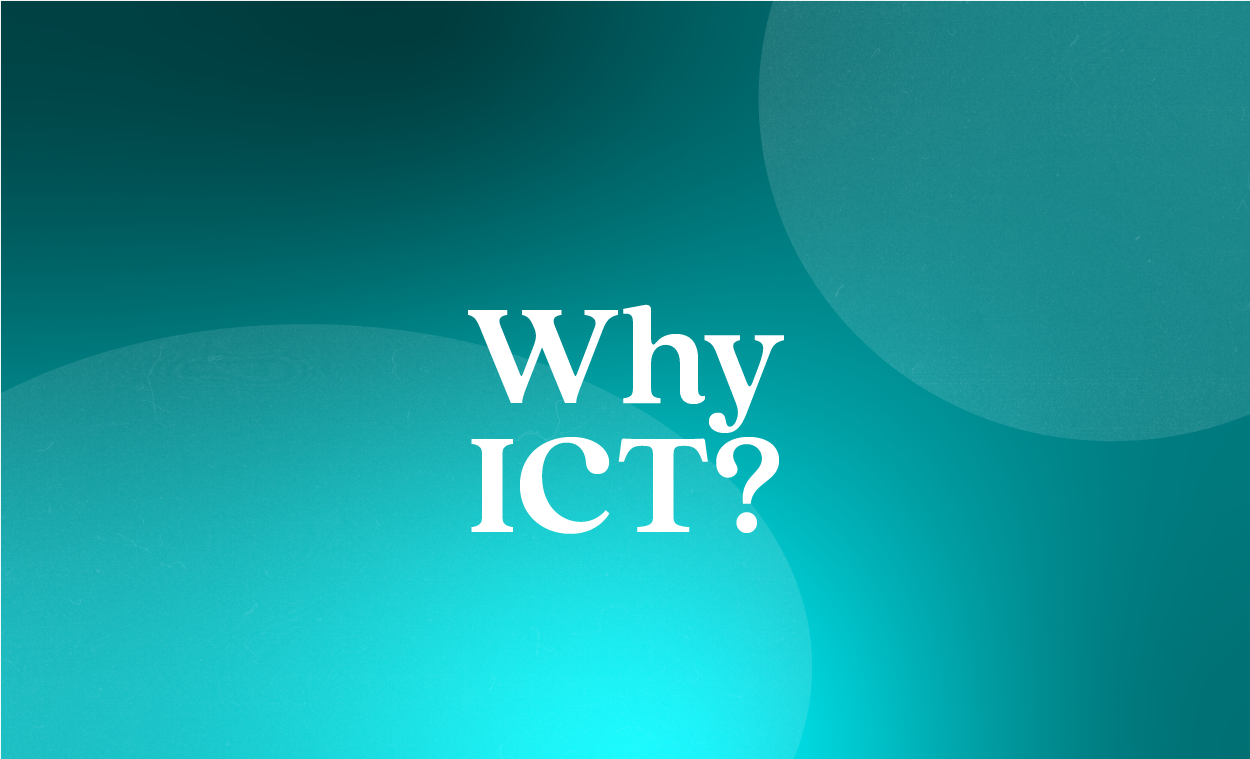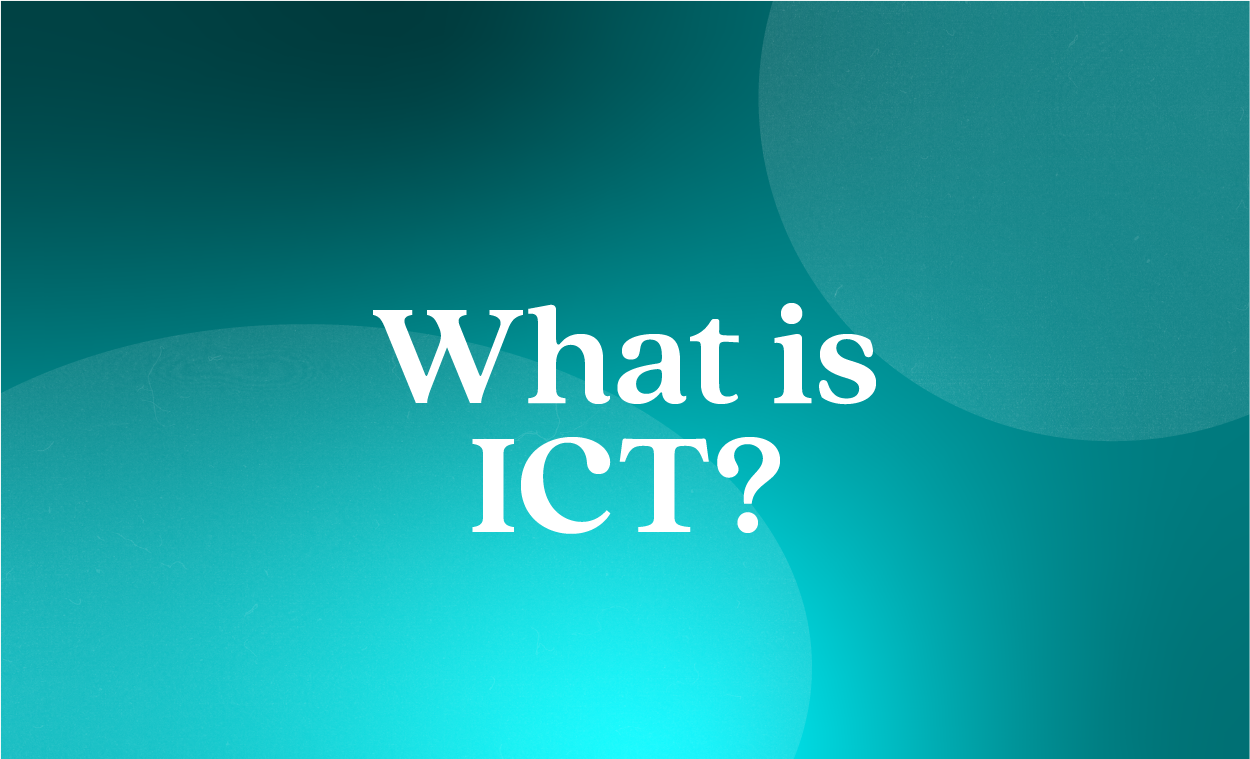Community Therapy After Drought and Destruction
How Terapia Comunitária Integrativa was conceptualized out of impoverishment, drought, displacement, and struggle

A Rich Culture Suffocated by Drought
Prior to the 1980’s, people living in Northeast Brazil’s Sertão were rich with culture and purpose, relying on the land and each other to meet their needs. The women would wash clothes in the dam while the men worked the land and cattle. The children ran free, and created toys from natural elements around them, simultaneously learning to use nature to provide solutions to their needs. Unbeknownst to them, these lessons would translate to solving issues that would arise later in life, too.
There was joy in everyday life. The small communities banded together on the basis of shared religion, professional interests and geographical areas. Their social circles were small, but their bond was great. The duties of work and child rearing were shared, and it was in a place like the Sertão that true meaning was brought to the phrase, “it takes a village…”.
Unfortunately, Brazil is under constant threat of catastrophe due to severe and debilitating drought. The abundant life of the Sertão was seriously impacted by drought in 1980, causing the population to plummet by hundreds of thousands due to malnutrition, dehydration and disease. The people, livestock and land found themselves in a constant state of desperation for water during the drought, which caused a mass exodus. The once vibrant community was forced to abandon their homes, lives and culture in hopes of trading it all for the suspected security of the coastal land.
Escaping the Drought is Met with More Difficulty
As the people left their once fruitful, secure and hope-filled land along with their comfort and memories behind, they were met with more difficulty in the road ahead. They traveled by animal, cart, or foot with the hopes of finding a better life in more populated areas. Unfortunately, the hardships were just beginning for the Sertanejos.
Their expectations of being warmly welcomed by the city dwellers were quickly extinguished, along with their hopes of feeling “at home” once again. Struggles to adapt to the culture, make connections, secure housing, and meet their basic needs overwhelmed the people, leading to alcoholism and substance abuse, domestic violence, and the unraveling of the family unit.
The Sertanejos did their best to adjust despite the obstacles, constructing shanty homes out of whatever they could find, creating favelas (or makeshift neighborhoods) of fellow migrants. Their resilience was short lived, as law enforcement continually knocked their shanties down night after night. Where there were once dreams of a better future, there was again hopelessness and despair.
Out of Despair, a Web of Solidarity and Trust Was Woven
As more and more families escaped the drought and found themselves making a home in the favelas, they found strength in unity. They responded to the police with non-violent resistance, and worked together to collectively rebuild their houses. They quickly realized that organization would be key to their success, and petitioned Town Hall to protect their rights to housing.
Their progress was again short-lived, and the police destroyed their homes despite their petitions. With newfound determination, the people knew what they must do; They decided to form a larger alliance with the intention of continuing to stay organized and responding non-violently to the police. Thus, the community of Quatro Varas was born. Schools, homes, health centers, gardens, and more were built and staffed using the talents and strengths of the community members.
It was then that Brazilian Psychologist, Adalberto Barreto, conceptualized community therapy as a way for the people to forge new relationships, strengthen their sense of identity, and restore their hope. This community-based therapy showed that both individuals and the community held the key to solving their problems; mirroring the same lesson they had learned through the process of settling into the favelas. The community that had once been overrun by impoverishment, drought, displacement, and struggle found that working together to weave a web of unity, strength, support and organization was not only key to their success, but also to a fulfilling, enriched life.
Lessons From Brazil; Healing Our Nation
Since first being introduced in Brazil in the 1980’s, Terapia Comunitária Integrativa has been used worldwide as a first line of defense in mental healthcare systems, boasting efficacy rates as high as 80% in preventing individuals from requiring further mental health intervention. Its 30 year shelf life is far from over; TCI has already impacted the lives of millions, yet has not yet been introduced to the majority of the world, including the United States. It’s beyond time to pursue this innovative, effective solution to the nation’s mental health crisis.




